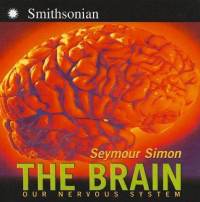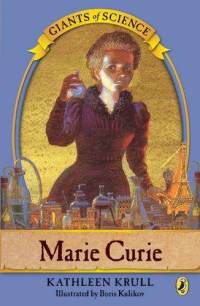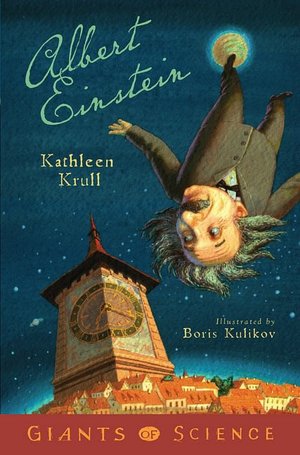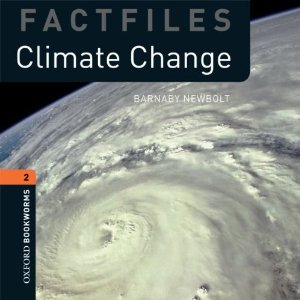 Did you know that your brain is roughly the size of a large grapefruit? Award-winning author Seymour Simon clearly and skillfully exposes the many wonders of the brain and nervous system in The Brain: Our Nervous System. Simon shows how ours brain control every move of our body. The brain plays an important part in our body.
Did you know that your brain is roughly the size of a large grapefruit? Award-winning author Seymour Simon clearly and skillfully exposes the many wonders of the brain and nervous system in The Brain: Our Nervous System. Simon shows how ours brain control every move of our body. The brain plays an important part in our body.
Excerpt: Wiggles your toes. Scratch your nose. Take a deep breath and yawn. Decide which your favorite food is. Try to remember the last time you ate it. Count the number of words in this sentence. Think about what you would like to do tomorrow. Then cup your hands around your head and feel the bones of your skull. Inside your skull is your brain. Your brain is the control center for everything you do. Each second, millions of signals pass through your brain, carrying all kinds of messages. They bring news about what your body is doing and feeling. Your brain examines the messages produces thoughts and memories, and then plans what to do next. Signals go out from your brain to other parts of your body to enable you to read, run, laugh, breathe, say hello to a friend, or turn to next page this book. Try it!









